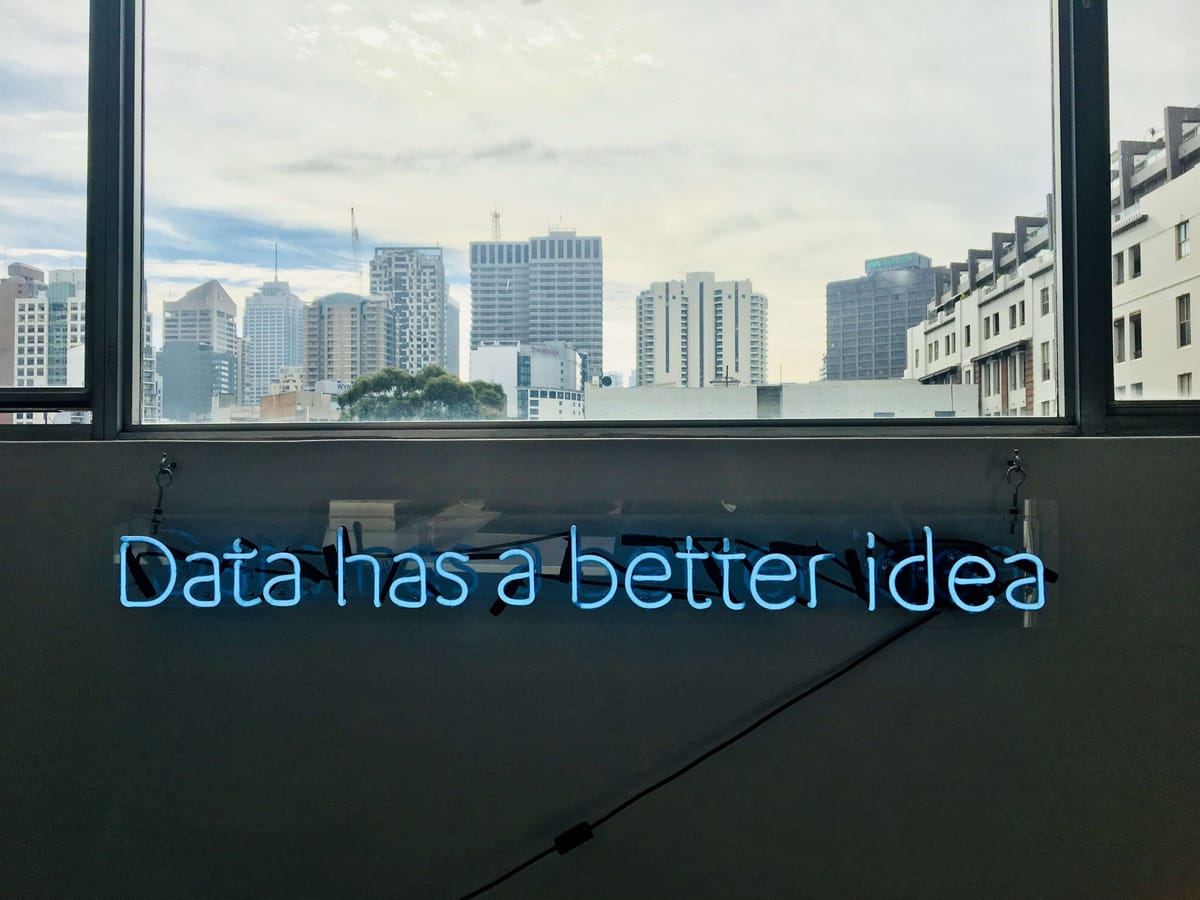This article comes from Shikha Pakhide’s insightful talk, ‘Let your data tell the story’, at our 2023 Saas Metrics Summit, check out her full presentation here.
Want to know the secret to explosive SaaS growth? It's not a fancy new technology or marketing hack, it’s all about the power of data storytelling.
I’m Shikha Pakhide, and as a former Head of Marketing at a major platform like Jio, I learned firsthand that simply collecting data isn't enough. The real magic happens when you use that data to spin compelling narratives to inspire action.
Dry metrics on a dashboard? Boring. But a vivid, emotionally-charged data story that motivates people and paints a clear picture of success? That's pure rocket fuel for accelerating growth.
In this article, I'll break down the simple framework we used for transforming raw data into explosive revenue gains and you'll get a behind-the-scenes look at how we made data storytelling a core part of Jio's culture.
From getting buy-in from skeptical execs to creating customer success stories that sell, I'm revealing all the secrets.
So, let’s dive in!
The data-driven SaaS growth framework
To bring order from the chaos, I developed a simple but powerful framework based around 3 key questions:
1) Why are we analyzing this data? What goals are we tying it to?
For SaaS companies like ours, the obvious ones are customer acquisition, upsells/expansions, churn reduction, and ultimately driving revenue and LTV.
But the 'why' could also be more specific, like improving activation for a new feature or nurturing customers through certain maturity phases.
2) What insights can we get by analyzing the dataset through this lens?
This is where you apply different analytics techniques to unlock meaningful patterns and learnings that can optimize the customer journey.
It could be identifying the most common dropoff points, revealing untapped cross-sell opportunities, or pinpointing the behaviors of your most loyal advocates.
3) How do we then align our processes to operationalize those insights?
Having the insights is great, but if you can't feed them back into your growth engine and execute, you're leaving money on the table.
So this is about aligning resources and crafting the right game plan to truly capitalize on what the data is telling you.
For example, uncovering that customers who use your API get wildly higher LTV could prompt an entire workstream dedicated to driving more API adoption.
From new sales plays to product enhancements and strategic partnerships - the 'how' guides your entire go-to-market motion.
But of course, adopting this data-driven mindset isn't just about having a framework…

Creating a data culture for SaaS teams
You've got to be a living, breathing example of making decisions grounded in facts and figures - not just going with your gut.
That means establishing a cadence of data reviews, where every initiative gets pressure-tested and optimized based on the underlying metrics and KPIs.
For my team, no new campaign or program gets a green light unless we can clearly justify it with historical data, voice-of-customer insights, and tangible goals tied to SaaS fundamentals like CAC, churn, and LTV.
It also means modeling this mindset from the top-down by ruthlessly (but respectfully!) challenging intuition-based recommendations with questions like:
"That's an interesting perspective, but what's the data telling us here?"
"Have we looked at how [x metric] correlates with this initiative's success?"
"Let's take a step back - how does this align with our north star metrics?"
I'm not going to lie - it can ruffle some feathers at first! But by institutionalizing this level of rigor and having those potentially uncomfortable conversations, you ultimately foster a culture of accountability and mutual respect for the data.
Start small, even just within your own marketing team. Celebrate the little wins when data highlights blind spots and course-corrects poor decisions.
Over time, the rest of the organization will take notice and begin to emulate this approach.

Data storytelling
For internal stakeholders
Once you've got your own house in order, the next frontier is leveraging data storytelling to drive strategic buy-in from other functions and, ultimately, the executive team and board.
For us at Jio, this manifested as developing unified data models and clear KPI definitions mapped back to our overarching growth strategy.
So regardless of whether I was communicating pipeline health or presenting a new digital transformation program, I could root that narrative in metrics that aligned with our top priorities and would resonate with stakeholders.
For example, our post-sale success initiatives around reducing revenue churn and raising NRR all hinged on being able to visualize the quantitative impacts on ARR, LTV:CAC ratios, and other board-level KPIs.
No more getting stuck in subjective debates - the data told the objective story of the value we were creating.
Of course, it's not just about picking the right metrics. Crafting a compelling data story for executives and investors also requires:
Anticipating and neutralizing counterpoints or critiques using data.
Aligning on shared definitions and taxonomies to prevent confusion.
Roadmapping and setting expectations through forecasting models.
Done well, data-driven presentations become conversations where leaders can pressure test assumptions and explore "what-if" scenarios based on the numbers, not opinions.
It keeps everyone operating from a common truth and facilitates faster, more informed decision-making.

For SaaS customers
If you've nailed internal data storytelling, the final piece is externalizing these narratives to create powerful sales and marketing content that resonates with prospective buyers.
This is where all those voice-of-customer insights and product usage data pay dividends.
For instance, by analyzing which features most correlated with higher adoption, higher NPS scores, and faster expansion, we were able to craft case studies that brought the value of our SaaS solutions to life.
Bottom line: in the noisy SaaS landscape, storytelling backed by cold, hard data is what cuts through and resonates on a human level.
Conclusion
If you've made it this far, you can probably tell this is my passion!
I truly believe that once you start looking at data through the storytelling lens, you unlock new levels of growth and customer success that simply aren't possible otherwise.
When teams, leadership, and customers all share that same data truth, organizations become unstoppable.
You develop a level of clarity and alignment that allows you to capitalize on opportunities, course-correct rapidly, and continuously optimize the customer experience proactively.
That's the ultimate competitive advantage that makes the most innovative SaaS companies so disruptive. So I'll leave you with this challenge:
If you haven't already, start on your journey today toward making data storytelling just as critical to your operations as shipping new products and code.
Who knows? It could be your superpower for exponential SaaS growth. Over to you!



